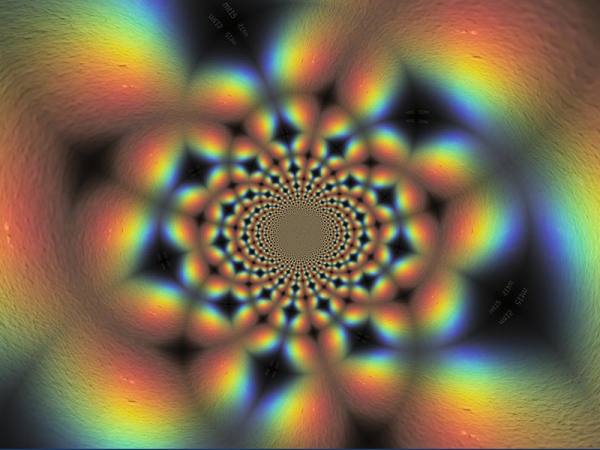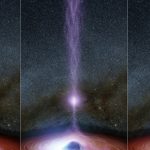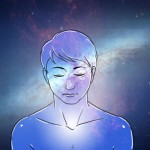By Katherine Derla, Tech Times
For the first time, scientists developed brain scans of people who were high on LSD and saw how the psychedelic substance affects brain activity and connectivity. They found that LSD makes the brain more complete.
Lysergic acid diethylamide or LSD makes the brain more complete, scientists found. For the first time, brain scans revealed how a dose of the psychedelic substance affects brain activity and connectivity.
The new brain images give scientists the opportunity to create new theories for the visual hallucinations as well as the individual’s sense of “oneness with the universe” when they go on a ‘trip.’
“For the first time, we can really see what’s happening in the brain during the psychedelic state, and can better understand why LSD had such a profound impact on self-awareness,” said senior researcher and neuropsychopharmacology professor David Nutt from Imperial College London.
Based on the brain scans, researchers found that people high on LSD experience several images coming from many parts of the part. Normally, images are drawn from the brain’s visual cortex, the part that processes visual information.
During a ‘trip,’ the regions that are normally separated connect with each other. The images also revealed that the brain parts which normally group together become segregated among users who are high on LSD.
This change complemented the individual’s sense of oneness with the universe. Experts call this the “ego dissolution,” wherein the typical sense of self is broken and replaced with one that connects them with others, themselves and the natural world.
“In many ways, the brain in the LSD state resembles the state our brains were in when we were infants: free and unconstrained,” said Dr. Robin Cahart-Harris who led the research.
“This also makes sense when we consider the hyper-emotional and imaginative nature of an infant’s mind.”
Harris added that as humans develop from infancy to adulthood, the brain transforms into a more compartmentalized one. As an individual matures, her thinking becomes more rigid.
For the study, the research team enrolled 20 healthy volunteers. In one session, they were given an injection of 75mcg of LSD while in the next session, they were given a placebo drug.
They used three imaging techniques — resting state MRI, arterial spin labelling and magnetoencephalography — to measure create brain images of the participants on and off LSD.
The research appeared in the journal Proceedings of the National Academy of Sciences. The findings can have widespread benefits in the field of psychiatry.









